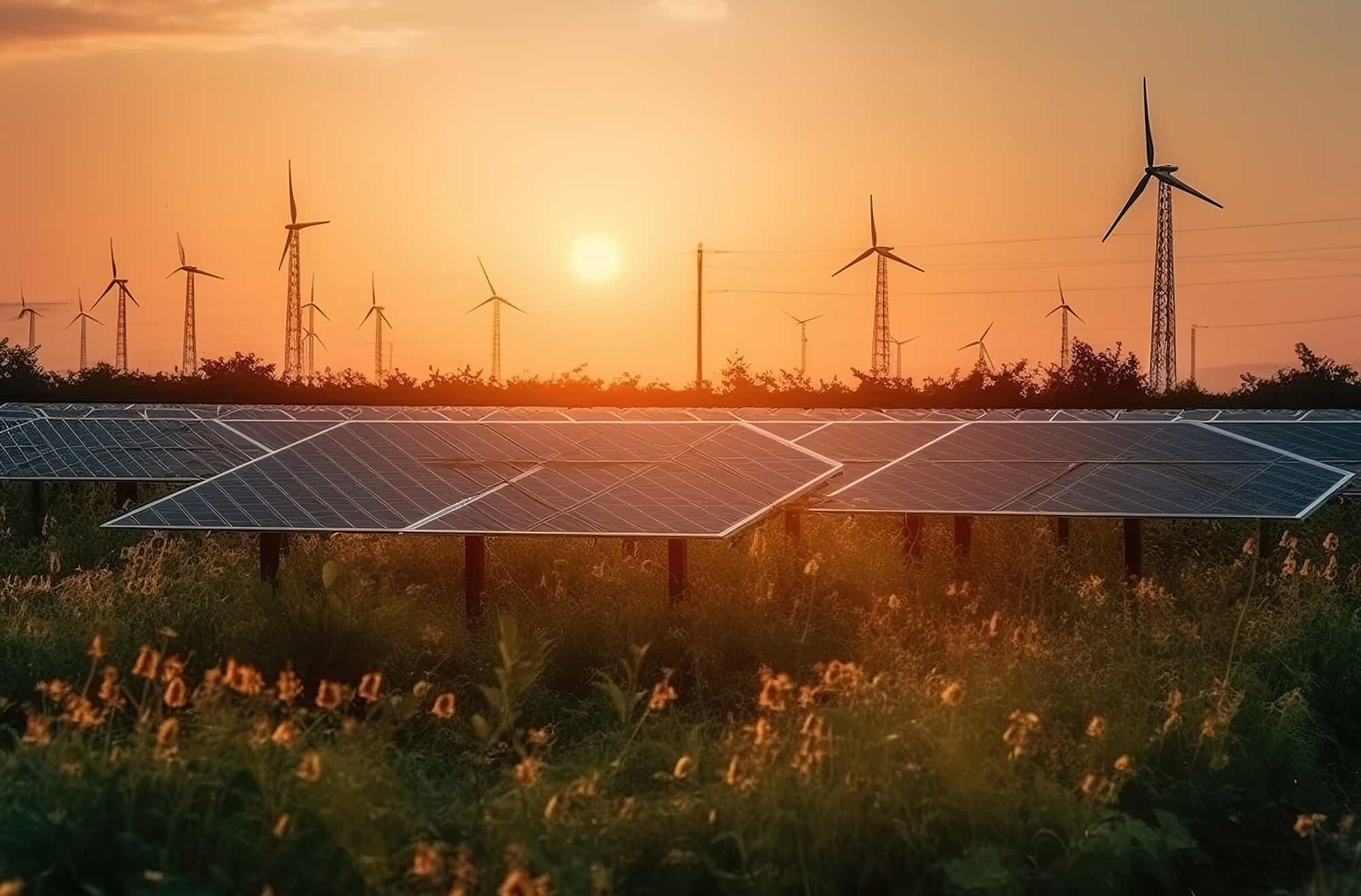The Future of Clean Energy Projects: Tech-Driven Tax Credit Optimization

The Treasury Department released its guidance and the proposed rules regarding prevailing wage and apprenticeship requirements for the Inflation Reduction Act. With this announcement it’s clear that investors and owners involved in clean energy projects are facing a pivotal moment.
This proposed rule shines a spotlight on the pressing need for embracing technology to successfully monitor and report prevailing wage compliance in order to maximize access to tax credits and incentives for these important projects.
Using technology to keep tabs on your project’s efforts in meeting prevailing wage and apprenticeship requirements is a big deal for the folks building clean energy projects resulting in more than $270 billion in federal tax credits. Here’s why it matters:
- Compliance with Federal Tax Credits: The Inflation Reduction Act (IRA) offers substantial tax credits to investors, owners, and developers involved in clean energy projects. However, these credits are contingent upon strict adherence to prevailing wage and government-registered apprenticeship requirements. Utilizing technology helps ensure accurate tracking and reporting of compliance with these crucial regulations.
- Clarity and Confidence: The initial guidance issued by the IRS on IRA’s prevailing wage and apprenticeship requirements left many unanswered questions. The proposed rule aims to provide much-needed clarity and specific guidelines for developers, contractors, and subcontractors. Technology streamlines the process of tracking and reporting, enabling stakeholders to make informed decisions regarding project participation.
- Penalties for Non-Compliance: Failure to meet prevailing wage and apprenticeship requirements can result in substantial penalties and not maximizing the available tax credits for the project. These penalties become even more severe if the IRS determines that non-compliance was intentional. Utilizing technology minimizes the risk of inadvertent violations and helps in avoiding costly penalties.
- Project Labor Agreements (PLAs): The proposed rule highlights the potential use of project labor agreements (PLAs). Technology can assist in monitoring PLA compliance and ensuring that the use of PLAs result in successful project outcomes.
- Recordkeeping Efficiency: The proposed rule outlines recordkeeping requirements related to payroll records, worker pay information, Davis-Bacon wage determinations, and apprenticeship documentation. Technology facilitates efficient recordkeeping and reporting, reducing administrative burdens and ensuring that documentation is readily available when needed.
- Transparency and Accountability: Utilizing technology for prevailing wage tracking and reporting enhances transparency and accountability in the construction process. It enables all stakeholders to have access to real-time data, fostering trust and collaboration among project participants.
- Future-Proofing Clean Energy Projects: As the clean energy industry continues to grow, efficient compliance with prevailing wage and apprenticeship requirements becomes essential for project viability. Technology not only ensures compliance with current regulations but also prepares projects to meet evolving requirements and standards in the renewable energy sector.
To sum it up, what the IRS is suggesting with this new rule in the Inflation Reduction Act is that folks in the clean energy game need to invest in technology. This investment will result in successful access to tax credits, while helping projects run smoother, increase transparency, and get clean energy projects ready for whatever the future throws their way in an ever-changing world.



